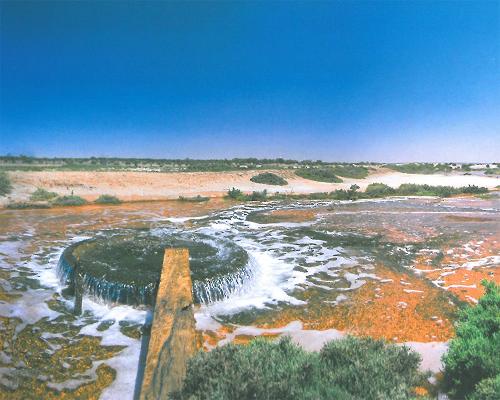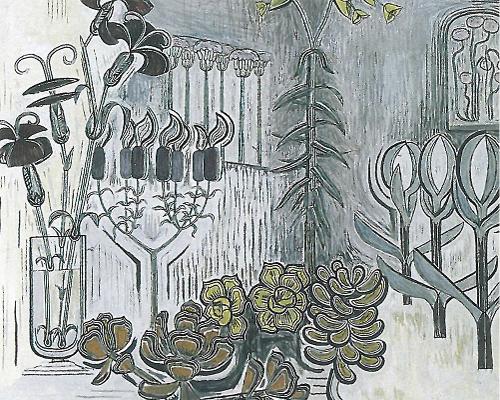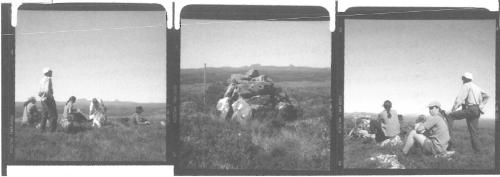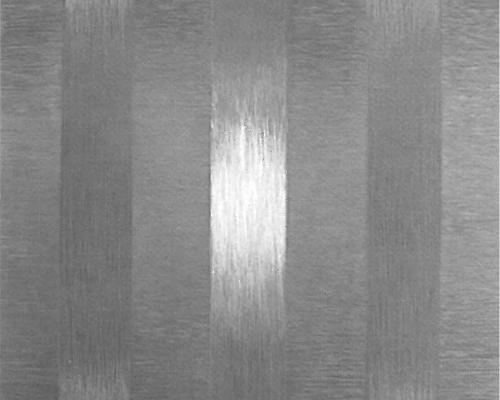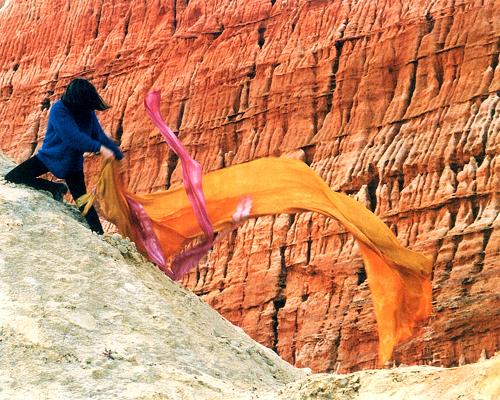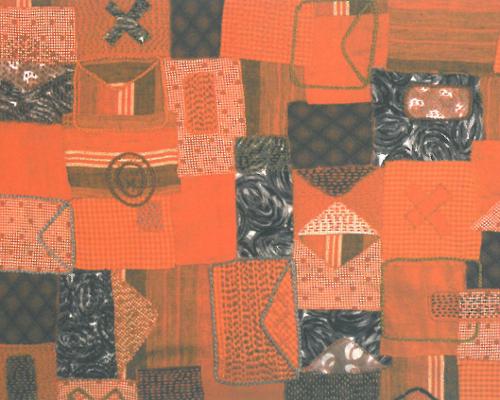Just before the onset of the Christmas season proper, the Art Association of Australia and New Zealand held its annual conference at the Queensland University of Technology, Brisbane. The conference provided a rich feast of research papers, lectures, exhibitions and discussion over three intense days under the conference theme 21st Century Modernism? Critical reflections on art history today. This was the first time an AAANZ Conference had been held in Brisbane, and with a minimum of staff at a hectic time of year - squeezed between University assessments and interviews and Christmas festivities - the staff involved should be congratulated for its organisation.
Seventy-five papers were presented by authors who, although encouraged to address the conference theme, did so sometimes obliquely or not at all, providing instead a snapshot of current research in Australia and New Zealand. Guest speaker Norman Bryson delivered the Franz Philipp Memorial Lecture entitled Seurat and the Scene of Drawing to a crowded house, his sensuous and detailed descriptions of Seurat's drawings a contrast to the vertiginous and severe Z-block lecture theatre aesthetic, a pointed exercise in seduction versus brutality. American-based artist Joseph Marioni spoke in relation to his own practice Footnote #6: Michael Fried Siting the plane, in the keynote seminar to a slightly more tired and subdued audience the following evening.
There was ample time for catching up with colleagues from both sides of the Tasman with evening entertainments generously provided at the University Art Museum, QUT Art Museum, Metro Arts and a breakfast at the Queensland Art Gallery. Her Divine Holiness Pope Alice blessed 'officially approved texts' at the QUT Art Museum, valiantly competing with a curious helicopter whose pilot seemed peeved not to be included in the ceremony, and so effectively drowned out the orator.
Focussing on modernism, a 19th and 20th century phenomenon, at the beginning of the 21st century seemed a peculiarly arcane undertaking but, with the impact of post-modern critical strategies over the past twenty years, the conference presented the opportunity to review the forces that shaped many of Australia and New Zealand's current generation of critical thinkers, now mid-career and employed at many of our esteemed institutions. It is an indication of how far that generation has travelled, as papers delved into territories previously unencountered under the aegis of modernism, but territories that co-existed, nevertheless. As well as anticipated sessions on the legacy of modernism, panels addressed issues of Aboriginal art, Asian modernism, architecture and modernism, post-colonial practices, film, ephemera, photography and reassessing aesthetics, providing an array of intellectual nourishment for delegates to pursue.
As with previous AAANZ Conferences, given the number of speakers, four parallel sessions were organised to accommodate everyone, in variously-equipped seminar rooms. This naturally precluded delegates hearing all the sessions and some difficult decisions had to be made. Fortunately the session information was available on the website (for those who had access), but was hard to print out and give to those who did not. Parallel sessions always cause complaints, as it inevitably mean forgoing some speakers' talks to attend a themed session in its entirety, or skipping out after one speaker to attend another's talk, a situation which always appears to be rude, no matter how quietly one exits the room. One can only hope that papers are made available for perusal later.
The potency of modernist ideologies remained hard to shift, despite the various incursions into its deconstruction in recent years. Understandably, many speakers used the platform to re-address the work of Clement Greenberg, Michael Fried and Rosalind Krauss, major players in the arguments surrounding modernism, with some speakers concluding that perhaps modernism wasn't so bad after all. At least in the 'good old days' of modernist ideology you knew what was what: painting was supposed to be flat, veering towards monochrome, and/or challenging the frame. The fact that anything else was marginalised, denigrated or overlooked (politics, feminism, design, art other than Euro-American 'high' art - many issues that the 'new' art history, of which Bryson was a pivotal member, addressed) apparently didn't matter. This seemed to be reinforced as Greenberg was resuscitated and heroicised as the forgotten elder and Krauss was given scant or denigrated acknowledgment for her contribution. One delegate even went so far as to suggest that Krauss was some kind of 'wannabe' Greenbergian daughter, in a Freudian sense, of course. Strange things happen at conferences.
Several of the exhibitions paralleling the conference also seemed to reinforce a position of heroicising the past of another country through imitation at a later date. The group exhibition Monochromes (UAM, Metro and South Bank Corporation) and Marioni's Four Paintings (UAM) showed glamorous, funky retro-modern works of art that paid distant homage to an 'international style' past, intermingled with some well-known Australian conceptual art of the 60s and 70s.
The underlying machismo of mid-twentieth century modernism was mimicked (surely by accident) at the end of the keynote seminar in a revealing gesture. After Marioni and the two respondents, Chris McAuliffe and Anthony White, had wrapped up and we were down to a few questions from the audience, after Tony Bond, Charles Green and Terry Smith had all been politely answered, Virginia Spate asked a question from the back of the lecture theatre, wondering aloud if the women were not being 'aggressive enough' in their questioning, as had been suggested. Marioni, quite unselfconsciously, looked at his watch.

